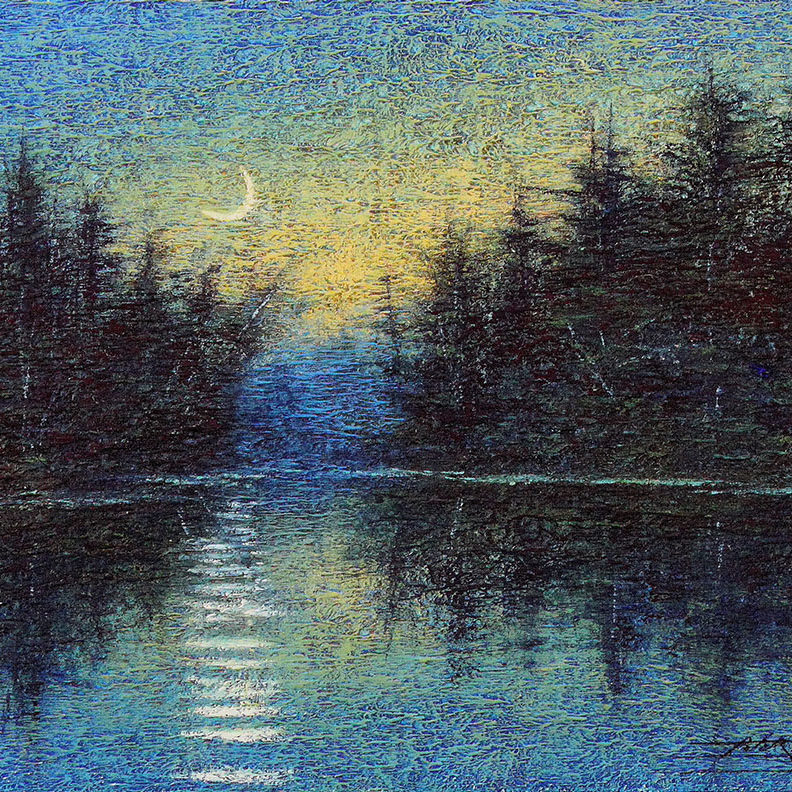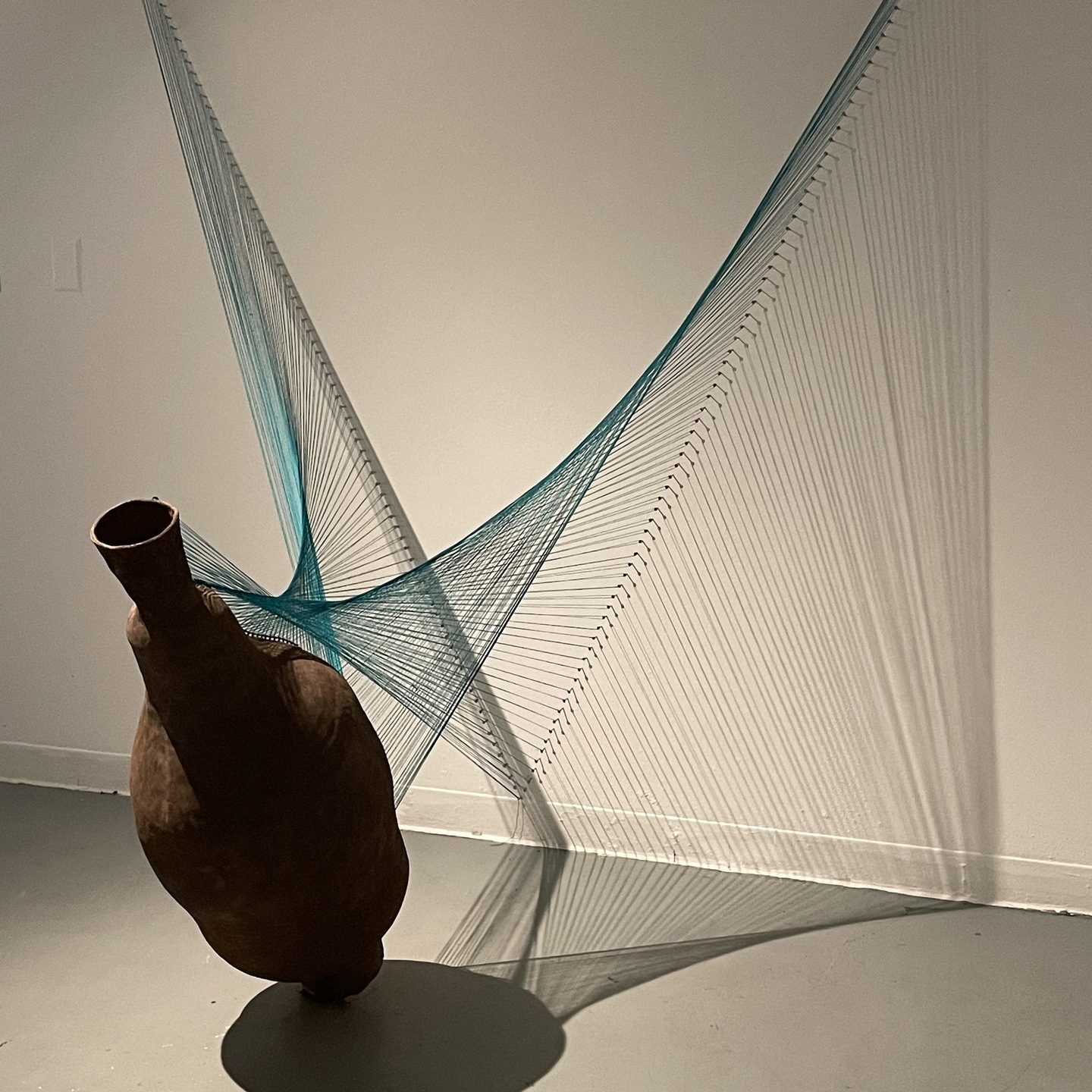EXHIBITIONS
BEST OF SOUTHCOAST ARTISTS
JUNE 12 - AUGUST 31, 2025
For centuries, the creative energy of SouthCoast artists has been fired by a rich combination of the natural beauty of the land, sea, and sky, by the taste and prosperity of generations of patrons and collectors, by the manifold cultural inspirations of successive waves of immigrants and an enduring Indigenous community, and by the artists themselves by force of their collaboration and community.
Best of SouthCoast brings together the works of 75 artists working in a wide array of media and forms over a span of hundreds of years. The New Bedford Art Museum is proud to mark its 30th year with a show that is both an investigation of the diverse visual art produced locally and a celebration of the artists who have made this work.
We invite you to come in, trust your eyes and your ideas, and discover the common threads and the unique visions that join and distinguish these artists.
Welcome.
FEATURED ARTISTS
Robert Anderson
Clifford Ashley
Douglas Balder
Ronald Barboza
Anthony Barboza
Albert Bierstadt
Tamala Boone
John Borowicz
William Bradford
Alex Buchanan
Deborah Coolidge
Meredith Wildes Cornell
Joan DeCollibus
Peter Dickison
Mark Dion
Erik Durant
Lemuel Eldred
Willoughby Elliot
Robert Finegold
Ana Forro
Charles Henry Gifford
Harvey Goldman
Chris Gustin
Severin Haines
Pamela Hoss
David Jeffery
Jay MacLaughlin
Gayle Mandle
Peter Michael Martin
Heather McLeod
Charles Parsons
Mark Parsons
Mark St. Peirre
Leander Plummer
John P. Powell
Roy Rossow
Benjamin Russell
William Shattuk
Joyce Shi
Nancy Train Smith
Rosanne Somerson
Pete Souza
Peter C. Stone
Clement Nye Swift
Pat Coomey Thornton
Dwight Tryon
Jane Tuckerman
Susan Tuckerman
William Allen Wall
Ellen Watson
Alison Wells
BEST OF SOUTHCOAST: JURIED EXHIBITION
JUNE 12 - AUGUST 31
Selections from the Best of SouthCoast juried competition by Carmen Hermo, The Lorraine and Alan Bressler Curator of Contemporary Art at the Museum of Fine Arts Boston.
FEATURED ARTISTS
Beatrice Alder
Amy Araujo
Duygu Aytac
Taylor Baldwin
Paula Stebbins Becker
Anis Beigzadeh
Arghavan Booyeh
Mark Brennan
Aaron Brodeur
Maren Brown
Jennie Cao
Laurence Cuelenaere
Steven Daiber
Arianne Allende Driscoll
Serra Victoria Bothwell Fels
Keith Francis
Julie Francois
Lauren Kalita
Roger Kizik
Frantz Lexy
David Meyers
Jackie Reeves
Stephanie Roberts-Camello
Adrian Tio


